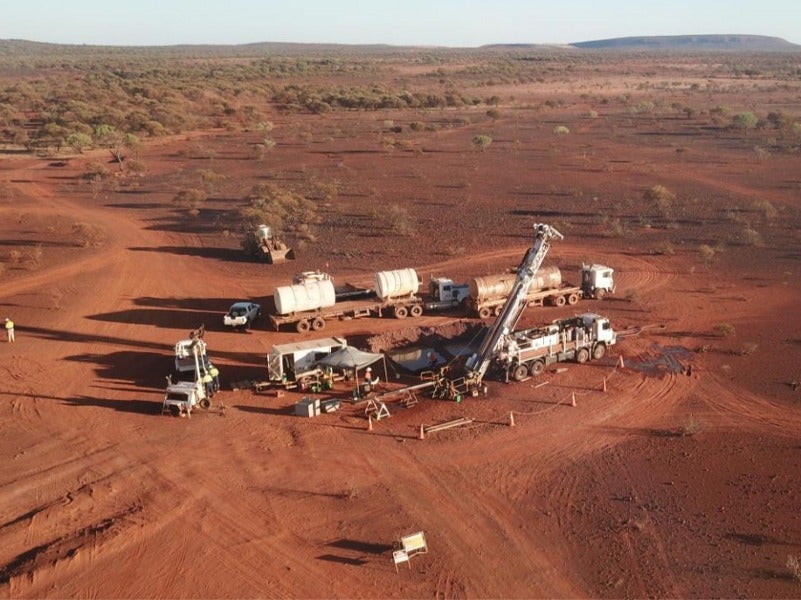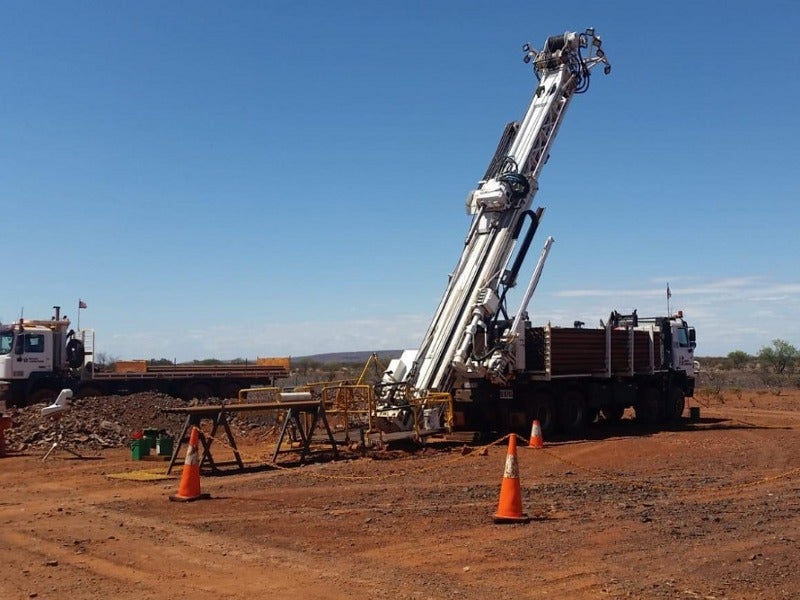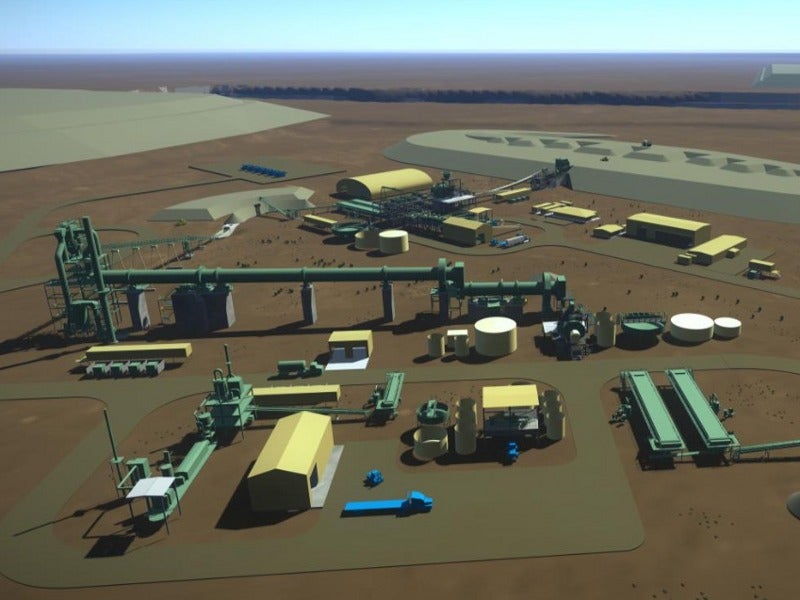Australian vanadium project (previously known as Gabanintha) is an open-pit vanadium mine being developed in Meekatharra, Western Australia.
Australian Vanadium (AVL), which is the owner and operator of the project, is developing it with an estimated investment of $354m. The project is expected to have a life of 17 years.
It is expected to process up to 900,000 tonnes per annum (tpa) of vanadium pentoxide over its mine life. It is anticipated to create 500 construction and 240 permanent jobs.
Australian Vanadium completed the pre-feasibility study (PFS) of the project in December 2018. Construction is planned to be commenced in 2021 and first vanadium is expected to be produced in 2022.
Australian vanadium project location, geology, and mineralization
The Australian vanadium project site is located approximately 740km north-east of Perth and 43km south of Meekatharra in the Murchison Province.
Located in the mining lease application MLA51/878, the project features 11 tenements in more than 760km². AVL holds an option to further expand by an additional 8km within the current mining lease application.
Located next to the Meekatharra greenstone belt, the project is hosted in the Gabanintha and Porlell Archaean greenstone sequence. The Gabanintha formation is formed by a layered sequence of granitoids, ultramafic rocks, gabbros and dolerites/amphibolites, felsic tuffs, and banded iron and cherts.
Mineralization of the gabbro region consists of a series of massive or disseminated vanadiferous titano-magnetite bands.
Australian vanadium project reserves
The Australian vanadium mine is estimated to contain proven and probable mineral reserves of 18.24Mt grading 1.04% vanadium pentoxide, as of January 2019. It is estimated to contain 121,000t of V2O5.
Mining method
Conventional open-pit mining method along with selective mining techniques will be applied at the Australian vanadium project.
The open-pit extends for 3,250m along strike and is proposed to be mined in three stages. The mining sequence will begin with the first stage extending in a 1,100m along strike, which will be divided into 200m-wide benches.
Major mining fleet will comprise 120t backhoe excavators and rigid frame dump trucks.
Ore processing at Australian vanadium project
The processing facility at the Australian vanadium project will have a capacity to process 1.45Mtpa of 1.03% vanadium ore.
Ore will be hauled to the run-of-mine (ROM) pad and fed into the concentrator, which will be crushed, grounded, and concentrated to produce a magnetic concentrate. It will then undergo a floatation process where minerals such as cobalt, nickel, and copper in sulphide will be recovered.
The magnetic concentrate will be stockpiled as a filter cake before being conveyed to the refinery, which has a capacity to generate 10,115t of vanadium pentoxide flake a year.
Magnetic concentrate will then be roasted under oxidizing conditions in the natural gas-fired rotary kiln, wherein vanadium will be converted into a water-soluble sodium metavanadate.
The leach liquor will undergo calcination purification processes to precipitate a high-purity ammonium metavanadate (AMV) solid for converting it into V2O5 flake. Moisture in the AMV filter cake will be removed by using a natural gas-fired flash dryer followed by deammoniator step, which will thermally decompose the AMV to vanadium pentoxide.
It is then melted, cooled, broken into flakes, and packed into bags for transportation to the port of Fremantle.
Off-take agreement
Australian Vanadium has signed a non-binding memorandum of understanding (MoU) with Win-Win Development Group, a private steel and alloy producer based in China.
The MoU, signed in June 2018, also calls for co-operation between the two companies with regard to financing and investment, and marketing of vanadium products in China.
Infrastructure
Australian vanadium project can be accessed by the Great Northern highway, while a new 17.5m-long road section will be constructed from the existing road to the processing plant.
Water for the mining activities will be collected from a water supply borefield, to be developed within the regional paleochannel aquifer.
Power supply will be provided by a new 14MW gas-fired power plant that will be developed on build-own-operate (BOO) model.
Permanent workers will be accommodated at a 240-person permanent village, while a temporary camp expansion to accommodate 500 construction workers will be constructed 5km from the mining site.
The tailings management facility will have a capacity to hold approximately 550,000t of tailings.
Contractors involved
Wood Mining and Metals is responsible for the processing plant, cost estimates, options study, and overall compilation of the PFS.
Consultants including Mike Woolery, Andre Breytenbach, Croeser, Umwelt, Geologica, Biologic, Adaman Resources, Clean Energy Fuels, SGS, and Micronanalysis also participated in the PFS preparation.





